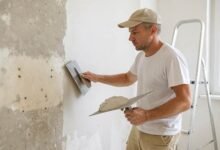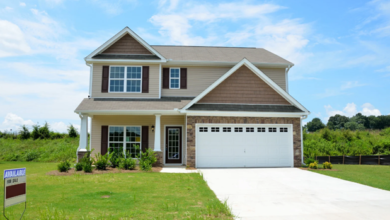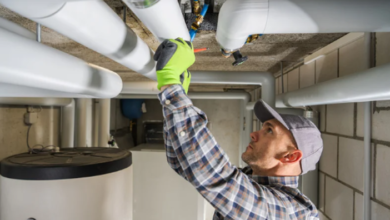How Siding Replacement Improves Insulation and Energy Efficiency

A home’s siding does more than enhance curb appeal; it serves as a protective barrier against weather and plays a critical role in energy performance. Old or damaged siding can allow air leaks, moisture intrusion, and heat transfer, which increases utility bills and reduces comfort. Professional siding replacement in Atlanta provides homeowners with an opportunity to improve insulation and energy efficiency. By upgrading to modern materials, families benefit from reduced energy costs, enhanced durability, and better year-round comfort.
The Connection Between Siding and Insulation
Siding acts as the first line of defense against outside temperatures. When it deteriorates, gaps and cracks can allow conditioned air to escape, forcing HVAC systems to work harder. Over time, this not only drives up energy consumption but also shortens the lifespan of heating and cooling equipment.
Learning how to prepare your home for a siding replacement properly highlights the importance of professional planning. The process often includes adding or upgrading insulation behind the siding, which creates a more effective thermal barrier. This step ensures energy efficiency improvements are maximized once the new siding is installed.
See also: Growing Demand For Premium Appliances In Hong Kong
Reducing Energy Loss Through Modern Materials
Advancements in siding materials have made significant contributions to energy efficiency. Options such as insulated vinyl, fiber cement, or engineered wood are designed to reduce thermal bridging, which occurs when heat transfers through structural components. These materials provide better temperature regulation inside the home, keeping it warmer in winter and cooler in summer.
Homeowners also benefit from improved sealing technology in modern siding. Tight seams and durable finishes prevent air leaks, protecting against energy loss and keeping utility bills manageable.
Identifying the Right Time for Replacement
Knowing when it is time for house siding replacement can prevent energy waste and costly repairs. Signs such as warping, cracks, moisture stains, or rising energy bills often indicate that siding is no longer performing effectively. Ignoring these warning signs allows problems to worsen, leading to higher energy costs and potential structural damage.
By acting at the right time, homeowners not only restore their property’s appearance but also enhance efficiency. Timely replacement ensures that insulation upgrades are incorporated into the process, preventing energy waste in the long run.
Added Environmental Benefits
In addition to saving on energy costs, siding replacement has a positive impact on sustainability. By reducing the demand on heating and cooling systems, energy consumption decreases, which lowers a household’s carbon footprint. Many modern siding materials are eco-friendly, offering recyclability and long lifespans that minimize waste.
This combination of efficiency and sustainability makes siding replacement a valuable investment for homeowners looking to improve both performance and environmental responsibility.
Conclusion
Siding replacement goes beyond aesthetic improvements; it significantly enhances insulation and energy efficiency. By addressing air leaks, upgrading insulation, and choosing modern materials, homeowners enjoy lower utility bills, greater comfort, and long-term property protection. Timely replacement also supports sustainability, making it a smart decision for both the home and the environment. It ultimately ensures lasting performance while increasing overall home value.







